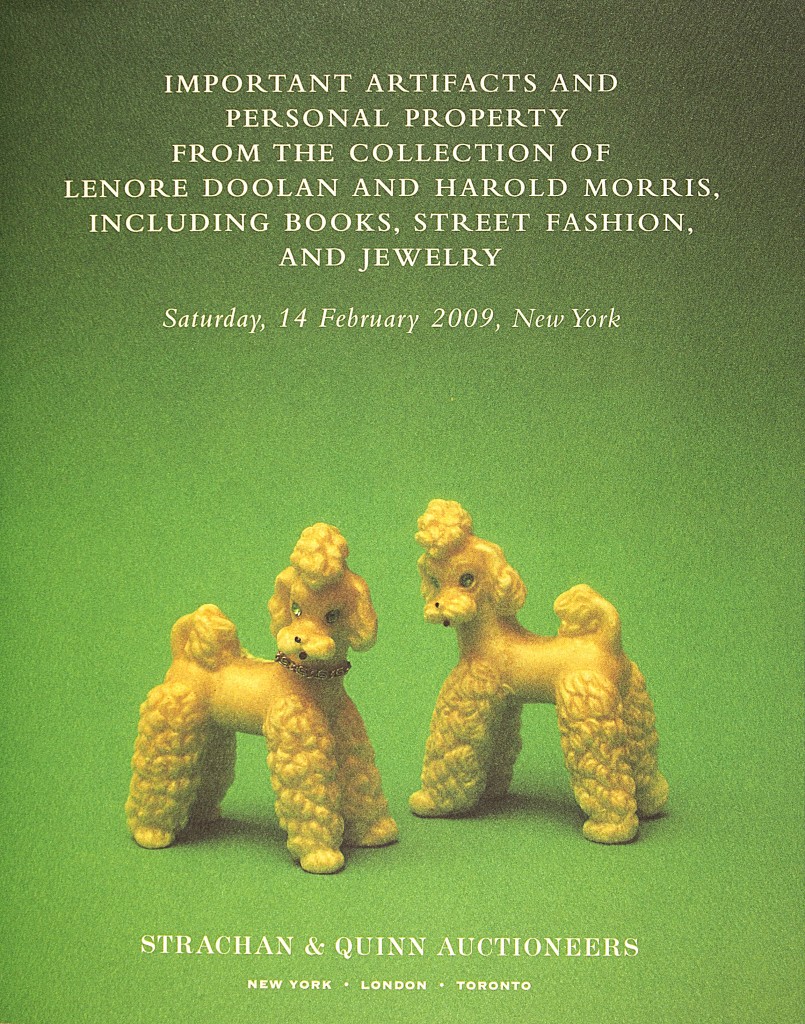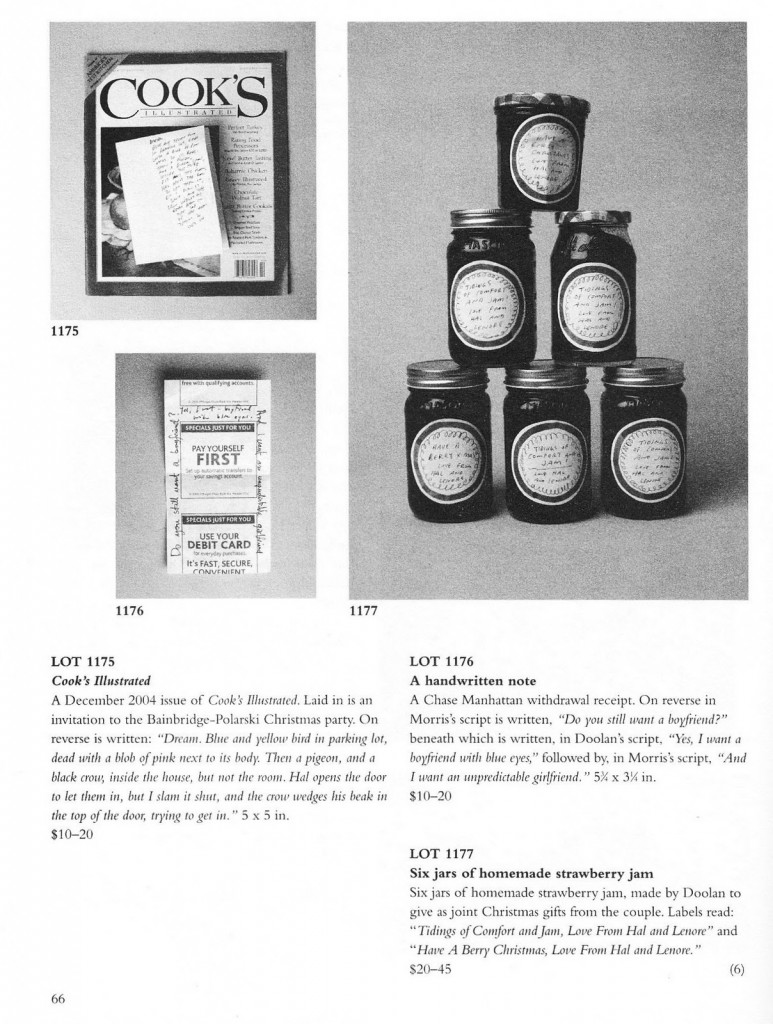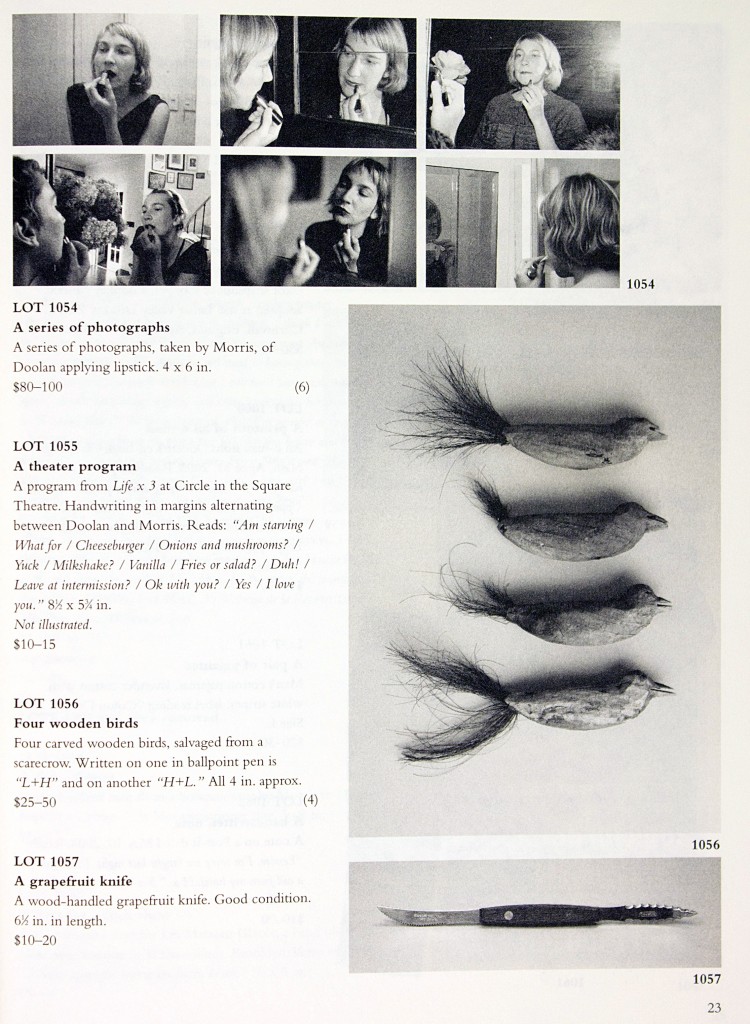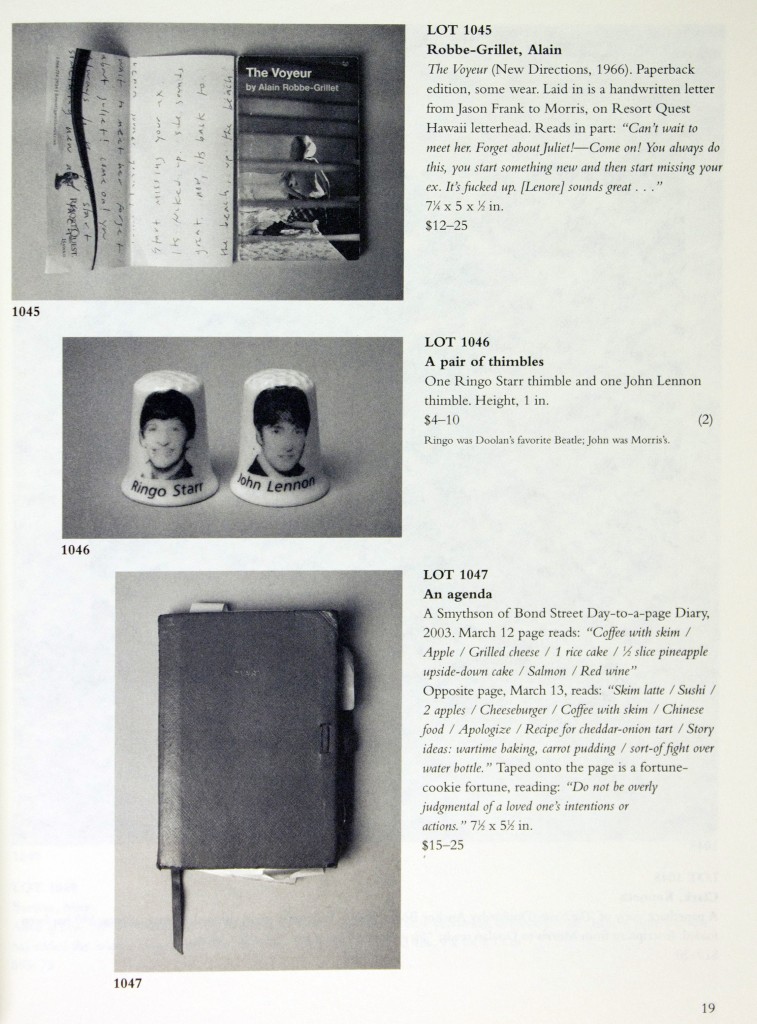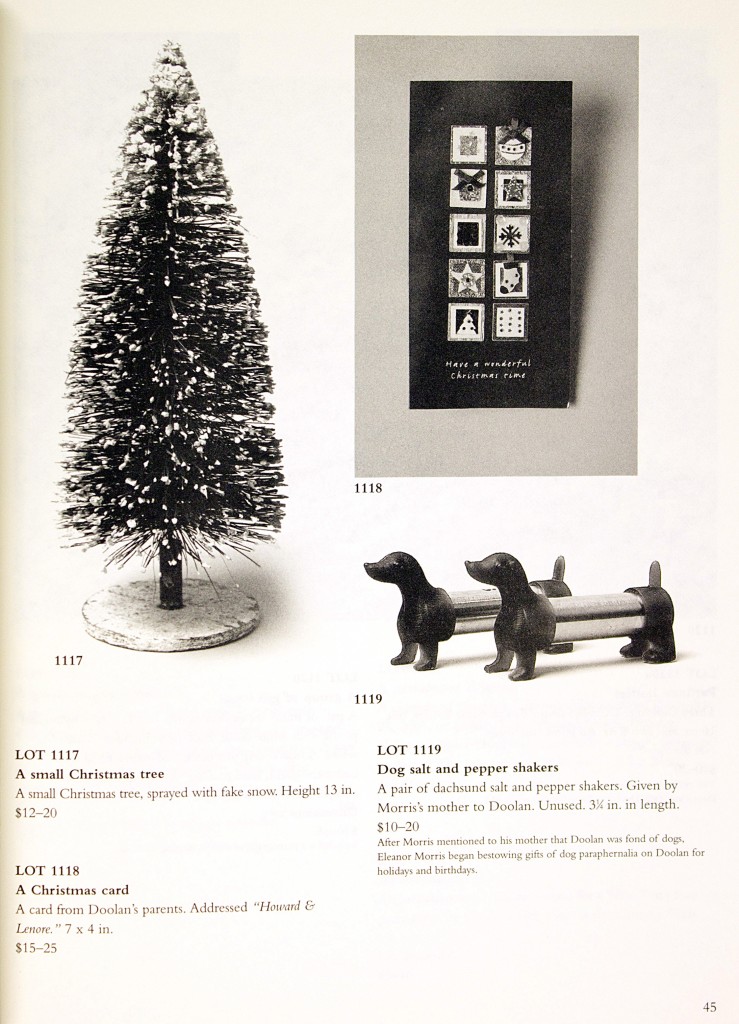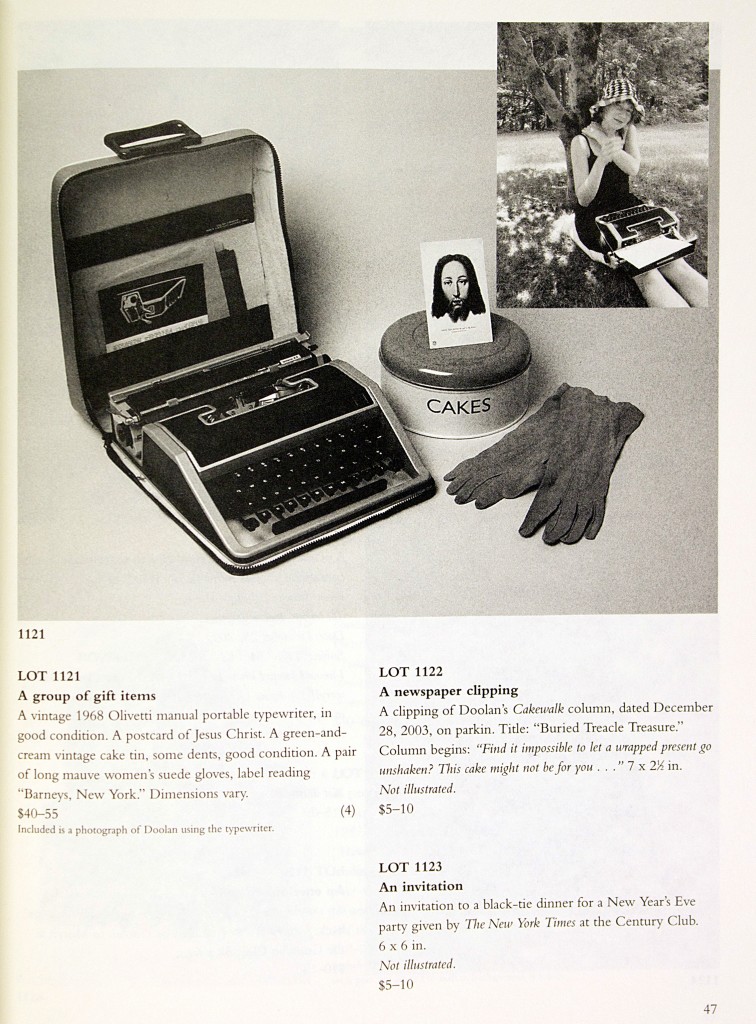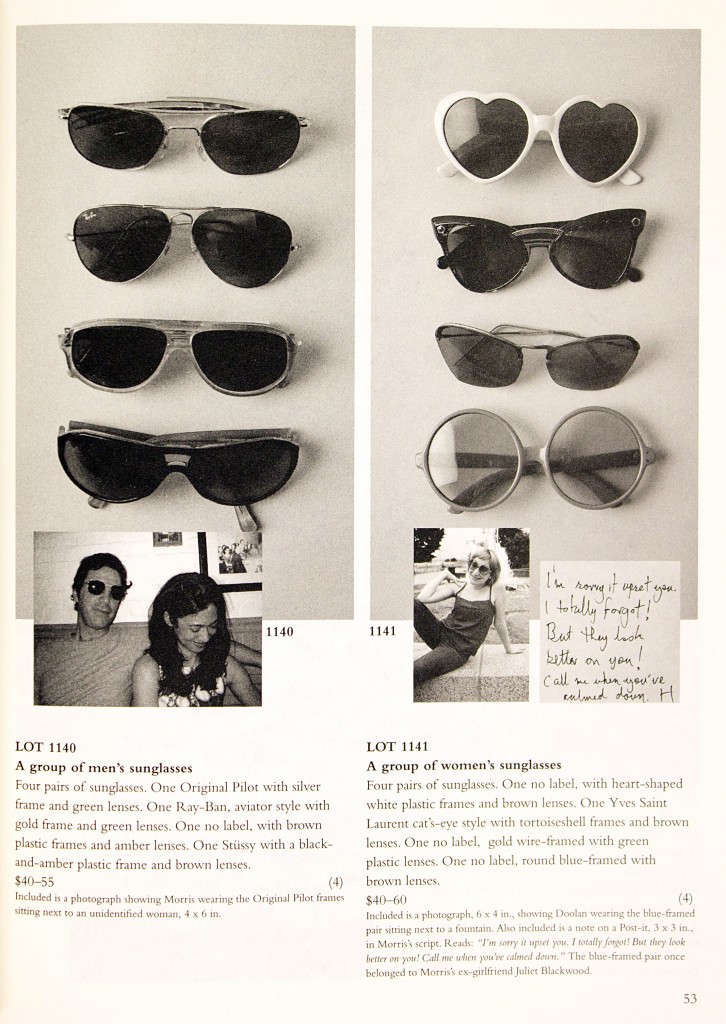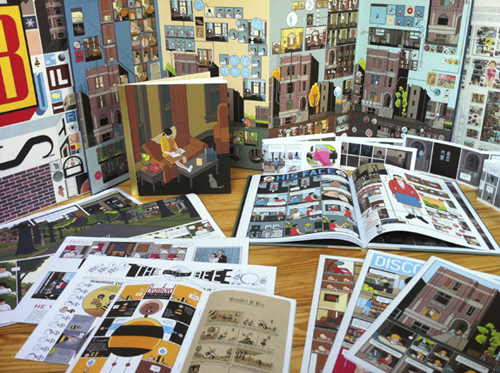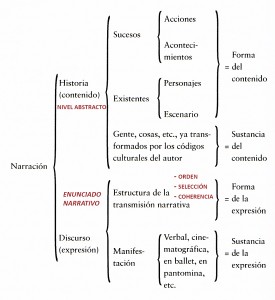PREVIOUS:
Leanne Shapton, Important artifacts…
-
- Referencia: SHAPTON, Leanne. Important Artifacts and Personal Property from the Collection of Lenore Doolan and Harold Morris, Including Books, Street Fashion, and Jewelry. ISBN 13.978-0-374-17530-6.
- http://leanneshapton.com/
- http://www.leanneshapton.com/important-artifacts
Chris Ware, Building stories.
- WARE, Chris. Building Stories, 2012. (EDICIÓN ESPAÑOLA: Reservoir books, 2014.).
- Review, The New York Times
- Unboxing «Building stories»:
Unboxing Chris Ware’s Building Stories from Digital Cultures Lab on Vimeo.
Kutug Ataman, Küba.
* * *
Story vs. Discourse
* * *
The story refers to What, to what the narrative is about: events, characters, timeline, etc.
The discourse looks at How, how events are presented: the medium, chronological order, the emphasis on one fact or another.
What is interesting is the way in which story and discourse interact as if story were pre-existing and, somehow independent of a particular discourse. The story precedes any material concretion, any medium, any selection of events, any emphasis, any discourse.
This potentially polymorphic character of the various discourses that come from a single story is evidenced in transmedia contemporary audiovisual culture, in the proliferation of diverse media, formats, narratives that are forged, preluded or postponed, in expanding fictional universes that materialise in very different media, establishing a web of relations that allude to a single story that is assumed as previous and conceptually closed, hypothetically defined and which foresees or anticipates each of the events, scenarios and actors that appear in the different discourses.
It is possible to translate this distinction between story and discourse from literary theory to the realm of art creation, establishing a parallelism between story, understood as the framework that precedes the discourses and that potentially encompasses them, with the idea of art projects. The project as a previous concept, argument, proposal of meaning, story, which needs to be substantiated in an art discourse that is increasingly interdisciplinary, more and more composed of ramifications, progressively polymorphic, more interactive, more complex.
The project, the narrative, the story, is constituted as justification / interpretation / guide of the production-contemplation process of artwork, planting itself as a framework of meaning that provides coherence to the discourse with meaning –that is, the media, processes, particular interactions in which it takes shape– and thus becoming, by its primordial character, indispensable in the context of contemporary art practices.
* * *
Story/Discourse diagram (taken from CHATMAN, Seymour, Historia y discurso. La estructura narrativa en la novela y el cine (Story and Discourse, The narrative structure in the novel and the cinema), RBA, Barcelona, 2013):
* * *
Shown at class:
Fragment of Preacher, season 2, episode 6: The Saint of Killers
* * *
Interview with Jorge Luis Borges: A fondo, TVE, 1976 (when you play the video, it goes to the selected fragment, in Spanish):
This anticipatory and abstract aspect of history in the face of the immediacy and materiality of the discourse, could be illustrated by the anecdote told by Jorge Luis Borges in the interview of the Spanish TV program A fondo from 1976.
In the context of the relationship with his mother, the Argentine writer recounts his difficulty in finding a way to end a story, La intrusa, and how he received her help. The story tells the relationship between two brothers that is altered by a woman who both of them fall in love with. The oldest of them decides to kill her to prevent her from standing between them and Borges explains in the interview that he did not know how the older brother could communicate to the child what he had done because «all the luck of the story depended on that, it depended on the words». Borges lets his mother know his doubts and the Argentine writer tells us:
“Then mother told me «Let me think»(…) And then she told me in a different voice, » I know what she said «, as if that had happened, as if it had not been a dream of mine, that story. I know what he said «(…) «Let’s work, brother, this morning I killed her». He begins reminding the other that they are brothers and he orders him to work with him to bury the body and then comes the clarification (…) All that my mother sensed it, I would not have found such a happy phrase, and besides, that: «I know what she said», that is, at that moment she believed in my imaginary worlds. She had identified with me, in such a better way yet, because I would not have found the phrase, she knew them better than I did, me who I had imagined them. That is an extraordinary moment.»

